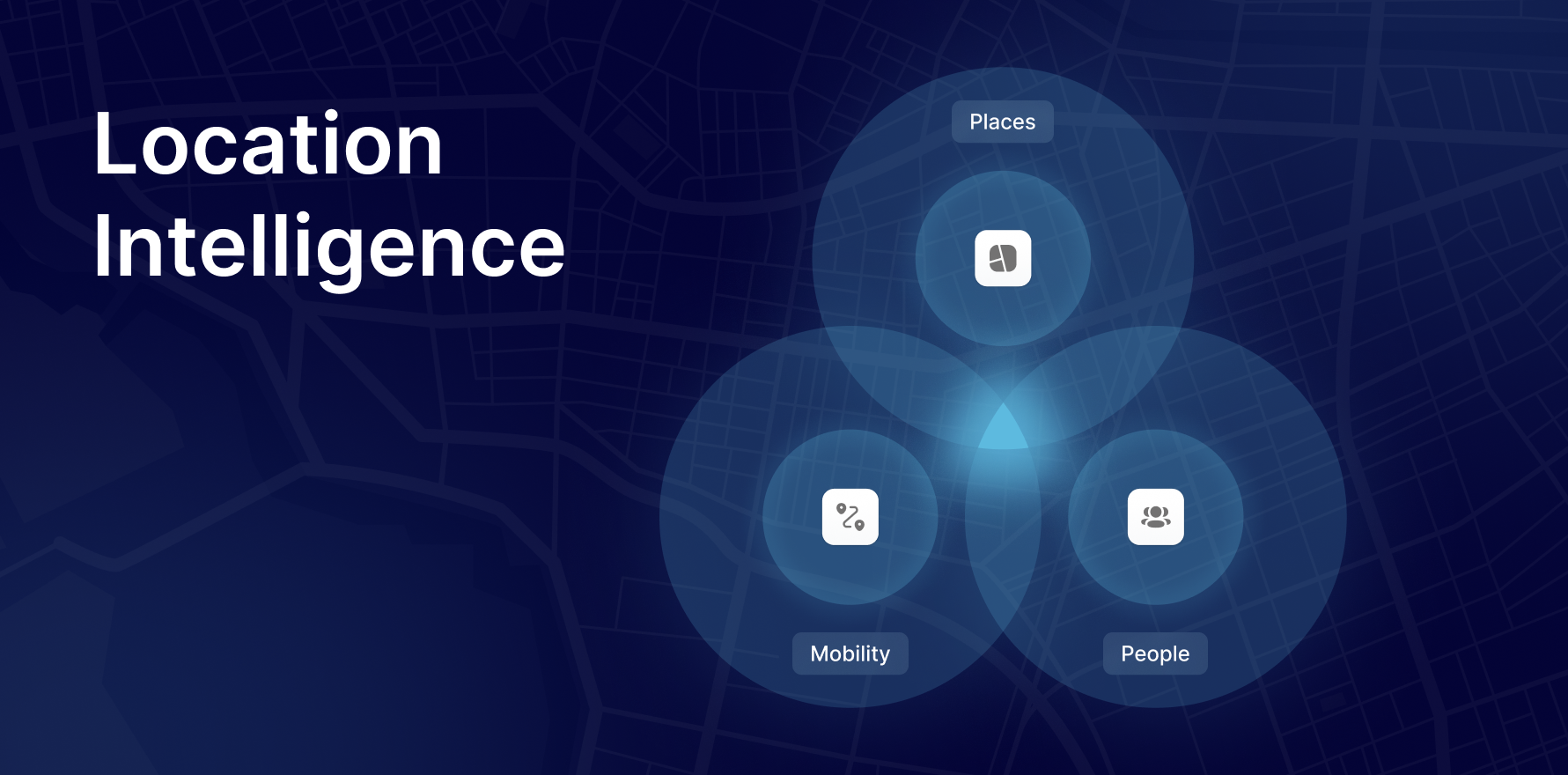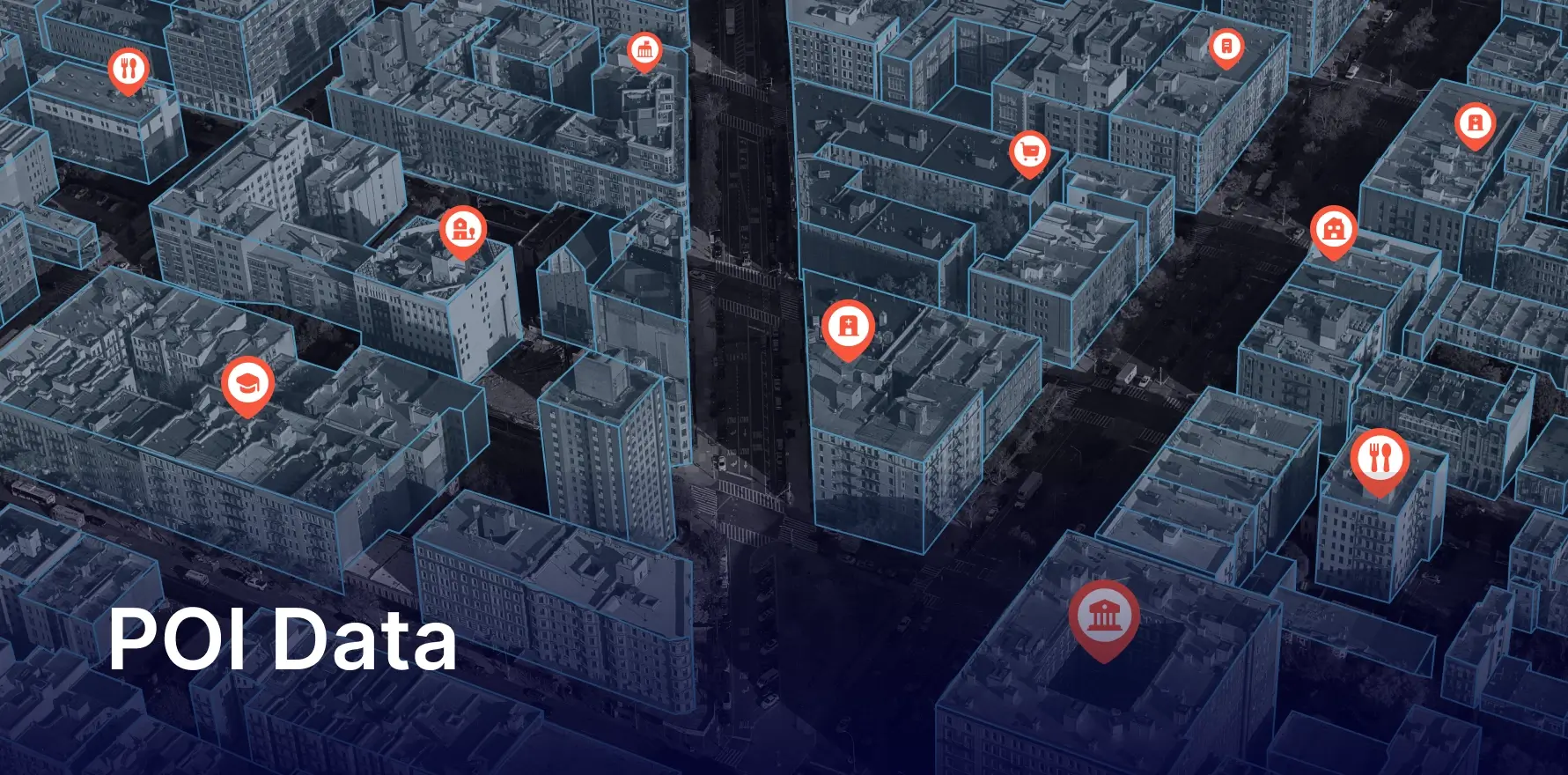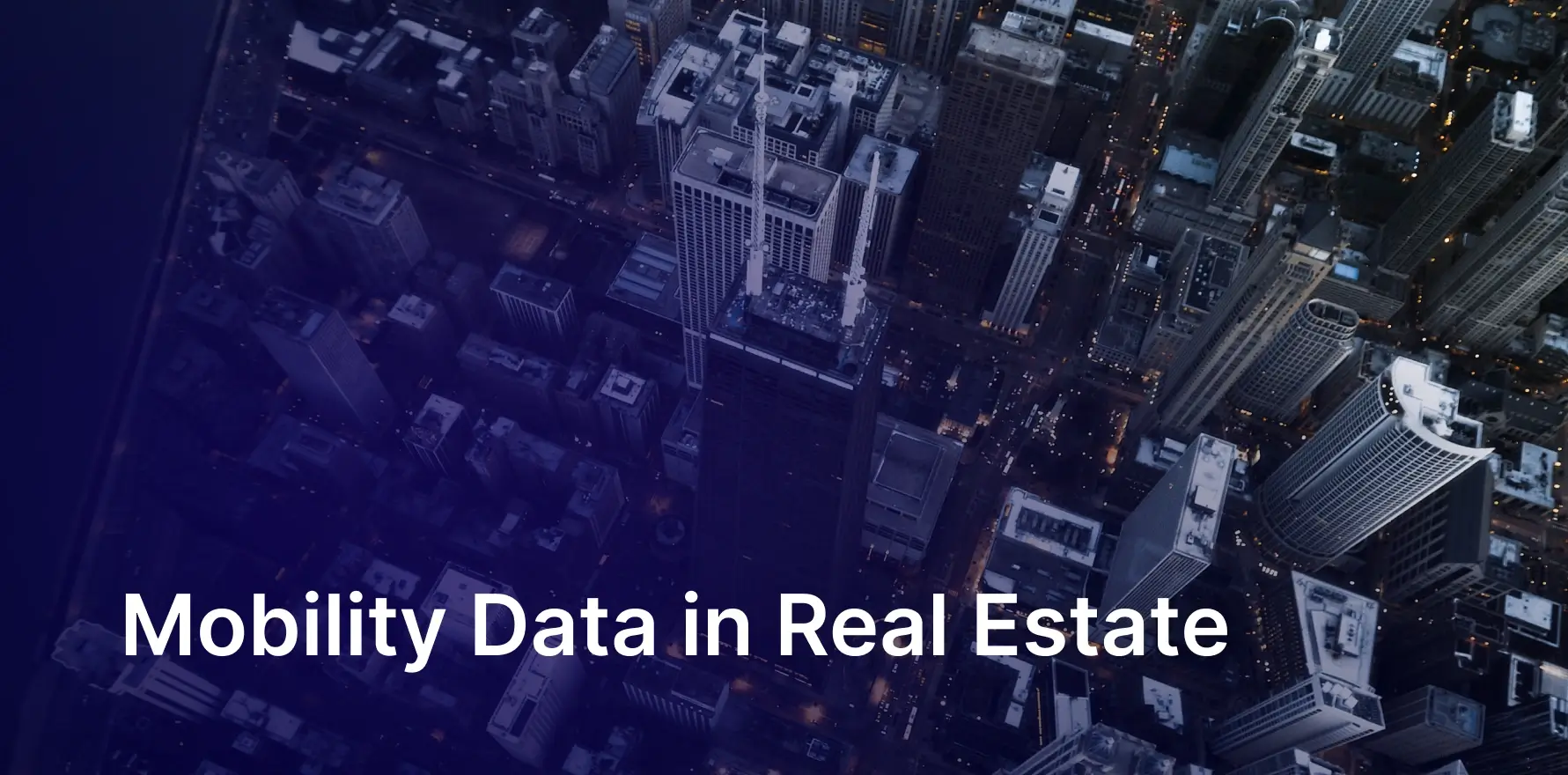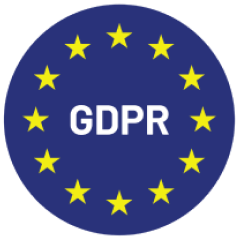We’ve all heard the phrase “location, location, location.” But today, it’s not just about knowing where something is—it’s about understanding how the where shapes the what happens next. Whether you’re in retail, finance, real estate, insurance, or even EV charging, understanding where people are, how they move, and what influences their behavior can transform the way you do business.
The real game-changer? Location intelligence. It’s no longer about merely collecting latitude and longitude points; it’s about extracting meaningful insights from people’s movements and locations, and understanding why it matters for your strategy.
At Factori, we elevate location business intelligence by giving businesses the data to transform raw geographic data into powerful, actionable insights that drive smarter decisions.
What is Location Intelligence, really?
Put simply, location intelligence refers to using location data to recognize patterns, enhance decisions, and even predict future trends. It goes beyond maps and coordinates—it taps into understanding movement behaviors, human activity, and the complex relationships between places, people, and events.
By connecting physical movements to digital actions, location-based business intelligence empowers businesses to anticipate what’s coming next—whether that’s customer behavior shifts, new market opportunities, or operational bottlenecks.
In today’s hyper-competitive world, companies that leverage location-based business intelligence can gain a significant advantage by making smarter, faster, and more informed decisions.
The three key dimensions of Location Intelligence
While location intelligence might sound complex, it fundamentally revolves around three main components: Mobility, Places, and People.
Mobility: Understanding the journey
Mobility isn’t just about where people are at a given moment—it’s about where they’ve been, where they’re heading, and why. Factori’s mobility intelligence captures billions of signals daily, painting a detailed picture of how populations move across cities, regions, and countries.
Factori collects over 90 billion daily signals from 150+ countries, ensuring businesses have access to one of the most comprehensive datasets available. Each signal is enriched with over 15 attributes, including journey patterns, dwell times, and visit frequencies, making the insights extremely valuable. Moreover, our technology ensures data accuracy rates that are 92% higher than many traditional sources.
By tapping into this mobility data, companies can detect behavioral patterns such as which neighborhoods see heavy foot traffic, which routes are popular at specific times, and how travel behavior changes seasonally. These insights can revolutionize everything from market expansion plans to hyper-local marketing strategies.
More on the Mobility Data use cases
Places: Knowing what’s important
Places or Points of Interest (POI)—are much more than simple dots on a map. Factori’s Places data covers over 200 million POIs in 229 countries, providing rich details including building footprints, spatial relationships, and operational information.
Each POI comes with more than 50 attributes—ranging from visitor trends and hours of operation to nearby amenities and accessibility. By layering this POI data with mobility patterns, businesses can understand not just where people go, but why those destinations matter to them.
Access to deep, real-time POI data enables businesses to anticipate demand, optimize supply chain logistics, and even design better consumer experiences based on where their audiences naturally gather.
People Intelligence: The human element
Knowing where people go is valuable, but knowing why they go there is transformative. Factori’s people intelligence layer connects movement patterns with rich behavioral attributes like demographics, interests, and lifestyle preferences.
Businesses can tap into more than 120 behavioral segments to create predictive models of future actions based on past behaviors. Through advanced analytics, we can track customer journeys across multiple touchpoints—online and offline—and uncover critical decision-making moments.
Behavioral intelligence turns passive data into active insights, enabling businesses to not only react to where customers are today but to predict where they’ll be tomorrow—and why.
Location Intelligence examples across industries
Location intelligence isn’t just a concept—it’s being actively applied across industries to solve real-world challenges.
Retail and E-commerce: Smarter site selection and promotions
Retailers use retail location intelligence to optimize store placements, staffing decisions, and marketing efforts. For example, a major fashion brand used foot traffic and mobility data to identify untapped high-traffic areas for new store locations, resulting in a 15% higher revenue growth compared to stores chosen by demographic data alone. They also created geo-targeted campaigns to boost in-store footfall during peak shopping hours, dramatically improving campaign ROI.
Read more: 5 reasons to use location intelligence in retail
Financial Services: Understanding customer behavior and risk
In banking, location intelligence for banking and finance enables better customer segmentation, branch network optimization, and regional risk assessment. A leading bank leveraged mobility patterns to identify underperforming ATMs and reallocate them to high-traffic zones, increasing transactions by 22%. Furthermore, correlating foot traffic with economic activity allowed them to make smarter lending decisions based on real-world customer behavior.
Discover more financial use cases
Real Estate: Predicting growth hotspots
Real estate companies rely on location intelligence for real estate to predict emerging hotspots. A residential real estate developer analyzed mobility patterns around new metro stations, identifying neighborhoods primed for rapid growth. This early identification allowed them to invest strategically before competitors moved in, maximizing their ROI.
By overlaying POI data like proximity to schools, parks, and commercial centers, they also predicted property value appreciation with greater accuracy than traditional appraisal methods.
Insurance: Smarter risk assessment
Location intelligence for insurance provides deeper insights into environmental, behavioral, and infrastructural risk factors. For instance, an insurance firm used mobility and POI data to map accident-prone areas near their insured properties. They refined their premium calculations by incorporating real-world activity risks, offering customers fairer pricing while reducing unexpected claim spikes.
EV Charging: Optimizing charging networks
For the rapidly growing EV market, location intelligence for EV charging is critical. A major EV infrastructure company used location data to pinpoint underserved areas based on daily commute patterns and proximity to commercial hubs. By strategically placing charging stations where demand was naturally higher, they boosted utilization rates by 30% and improved customer satisfaction.
How to get started with Location Intelligence
Adopting location based business intelligence doesn’t have to be overwhelming. The key is to start with clear goals: whether it’s optimizing operations, improving marketing campaigns, or expanding into new markets.
Choosing the right data partner is equally important. A platform like Factori offers real-time, scalable, and accurate location data that integrates seamlessly with your existing systems. Acting on these insights—whether by refining site selection, designing smarter marketing campaigns, or optimizing supply chain operations—can drive measurable results.
Finally, businesses must track outcomes. Metrics like increased foot traffic, higher engagement rates, or improved ROI from location-based initiatives will help refine strategies over time and ensure continuous growth.
Download buyers checklist for data acquisition
Location Intelligence is the future of smarter decision-making
The future belongs to businesses that can not only react to what’s happening today but anticipate what will happen tomorrow. Location intelligence is no longer optional; it’s essential.
By combining mobility intelligence, POI data, and behavioral insights, businesses can gain a competitive edge that drives innovation, enhances customer experiences, and unlocks new revenue streams.
At Factori, we are committed to helping you unlock the full potential of location intelligence to move your business forward.
Ready to see how far your business can go?
Talk to one of our experts in a no-obligation, 1-to-1 call
You may also like








